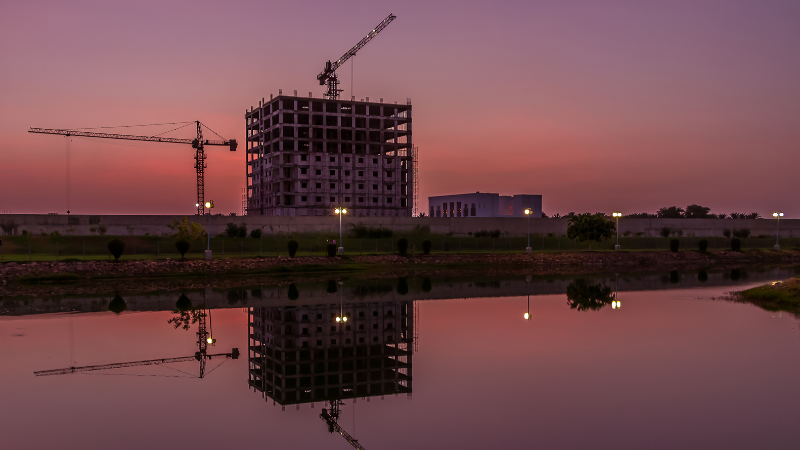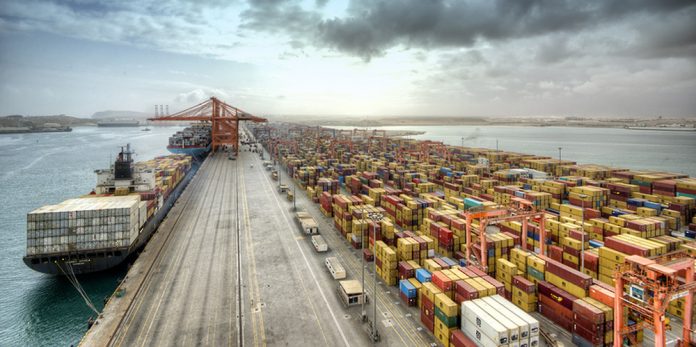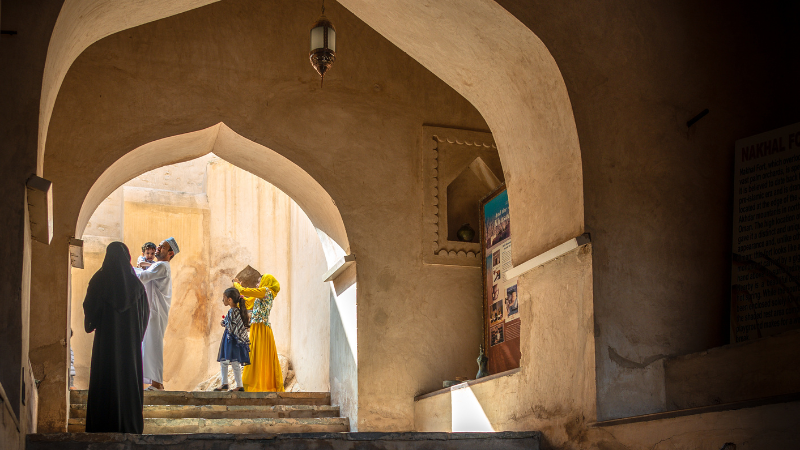The Ministry of Finance has affirmed that the average price of oil barrels was calculated at US$55 per barrel in the State Budget for the fiscal year 2023. The estimate is in line with the principle of hedging in accordance with the state’s fiscal policy.
The calculation takes into account potential fluctuations in global prices that might occur as a result of unstable geopolitical events. It also seeks to offset any uncertainty of future expectations about the performance of the global economy.
Through the ‘Guide to the State Budget for Fiscal Year 2023’, issued today, the Ministry pointed out that total revenues approved in State Budget 2023 were estimated at RO10.050bn, down by 5 per cent from estimates endorsed in State Budget 2022.
The decline was due to a projected decrease in gas revenues registered in the State Budget 2023 following the establishment of the Integrated Gas Company (IGC) with a view to realizing a number of goals.
These include the improvement of Oman’s fiscal performance indicators by removing gas purchase and transport expenses from the State Budget and transferring the net revenues from gas sales to the state treasury.
In the State Budge 2023, oil revenues were estimated at about RO5.320bn, registering an increase of 18 per cent, compared to the endorsed Budget 2022, as oil revenues constitute about 53 per cent of total general revenues.
Gas revenues in State Budget 2023 were estimated at RO1.4bn, thanks to the establishment of Integrated Gas Company, which will purchase and sell gas and then transfer gas revenues directly into the treasury. Gas revenues constitute 14 per cent of the revenues.
Non-oil revenues in the endorsed State Budget 2023 are estimated at about RO3.33bn, down by 0.3 per cent from Budget 2022 estimates.
Current revenues in State Budget 2023 are estimated to stand at about RO3.280bn. Of these, revenues from value-added tax (VAT) and excise tax are estimated to be about RO590mn, while income tax revenues (on profits of companies and institutions) are estimated to be about RO560mn.
Revenues from the distribution of dividends from the Oman Investment Authority (OIA) are expected to stand at about RO800mn, while revenues from government service fees are set to be about RO1.330bn.
Aggregate revenues and capital returns from State Budget 2023 were estimated to be about RO50mn.
Budget 2023 is in pursuance of the government’s efforts to implement policies aimed at developing the management of the general finance and upgrading the efficiency of spending.
Hence, spending was estimated according to a set of variables. These include estimating the expenditures of civil ministries in accordance with the actual needs of all civil units, calculating employees’ periodic allowance and promotions of employees who are 2012 seniors, as stipulated by Royal orders.
The estimate also comprises financial control procedures and the outcome of government departments’ initiatives to cut down public spending. The exclusion of expenses for purchasing and transporting gas as a result of the establishment of the Integrated Gas Company also plays a role in the estimates.
Therefore, the volume of spending in Budget 2023 is estimated at about RO11.350bn, down by 6.4 per cent from spending endorsed in State Budget 2022.
Current expenditures in State Budget 2023 were estimated to be RO8.620bn distributed as follows: 35 per cent as defence and security expenditures, 51 per cent as expenditures of civil ministries and 14 per cent as public debt service.
The allocations of the ‘ministries and government units spending item’ in State Budget 2023 were raised by 2.7 per cent – estimated to be about RO4.420bn, including the cost of periodic allowance for employees and promotions of employees who are 2012 seniors.
In the item of public debt service expenses, the sum of RO1.2bn was endorsed by calculating the expected interest payments on existing and planned loans for 2023.

The approved budget for 2023 allocated a sum of RO900mn for development projects, distributed as follows:
- Commodity production sector – 6.7 per cent
- Service production sector – 10.8 per cent
- Social segments sector – 29.3 per cent
- Infrastructure sector – 42.1 per cent
- Other sectors – 11.1 per cent
Spending on contributions and other expenditures in the 2023 budget was estimated at about RO1.830bn, which constitutes about 16 per cent of the total public spending.
It is worth noting that two items were introduced (projects with a developmental impact) with a sum of RO200mn and (supporting the social protection system) with a sum of RO384mn.
The total endorsed spending in the state’s general budget for the fiscal year 2023 for social and basic sectors amounted to about RO4.3bn, or 38 per cent of the total public spending, distributed as follows:
- Education sector – 44 per cent
- Social security and welfare – 22 per cent
- Housing sector – 12 per cent
- Health sector – 22 per cent
The estimated deficit in the 2023 budget is expected to reach about RO1.3bn, which translates to 13 per cent of total revenues and 3 per cent of the GDP.
It is planned to finance the deficit of RO900 million through internal and external borrowing, and about RO400 million through withdrawals from reserves.
The Sultanate will not resort to borrowing and withdrawing from reserves to finance the 2023 budget deficit in the event of an increase in public revenues and the realisation of additional financial revenues; especially the increase in the average price of a barrel of oil compared to what is endorsed according to the principle of hedging by US$55 per barrel.
The government may borrow to refinance government loans and replace them with low-cost loans.
Regarding the investment spending, the volume of investment spending financed by the Oman Investment Authority (OIA) in the 2023 budget was estimated at about RO1.9bn, while the contribution of the Energy Development Oman (EDO) in investment projects for oil and gas production was estimated at RO1.5bn.
On the other hand, preliminary results indicated that the state’s general budget for the fiscal year 2022 witnessed remarkable positive development. The financial performance of the budget improved, recording an increase in revenues by 34.5 per cent compared to what was endorsed at the beginning of 2022, with expectations of achieving a financial surplus of about RO1.146bn compared to an estimated deficit at the beginning of the year of about RO1.550bn.

Public revenues for the 2022 budget were recorded at RO14.234bn, compared to what was endorsed at the beginning of the year, which amounted to RO10.58bn.
This rise is mainly attributed to the surge in average oil prices achieved to about US$94 per barrel, compared to US$50 per barrel approved in the budget, and the increase in oil revenues by 66 per cent, to reach about RO7.457 billion, and total gas revenue by 29 per cent, to reach about RO3.557bn.
The preliminary results of the financial performance for 2022 indicated that a financial surplus of about RO1.146bn was achieved. Therefore, the government did not resort to borrowing and withdrawing from reserves to finance the deficit, which is estimated at about RO1.550bn as approved in the 2022 budget.
The 2022 budget achieved additional financial revenues as a result of the rise in global oil prices.
This contributed to accelerating economic recovery and improving financial and economic indicators, by directing these additional financial revenues towards managing the lending portfolio, reducing public debt, enhancing social spending, and stimulating economic growth.
The additional financial revenues enabled the government to pay off part of the public debt and manage the lending portfolio. This contributed to reducing the total volume of public debt from RO20.8bn at the end of 2021 to RO17.7bn in 2022.
The public debt ratio decreased in 2022 to reach about 43 per cent of the GDP compared to the percentage estimated in the Medium-Term Fiscal Plan (83 per cent).








